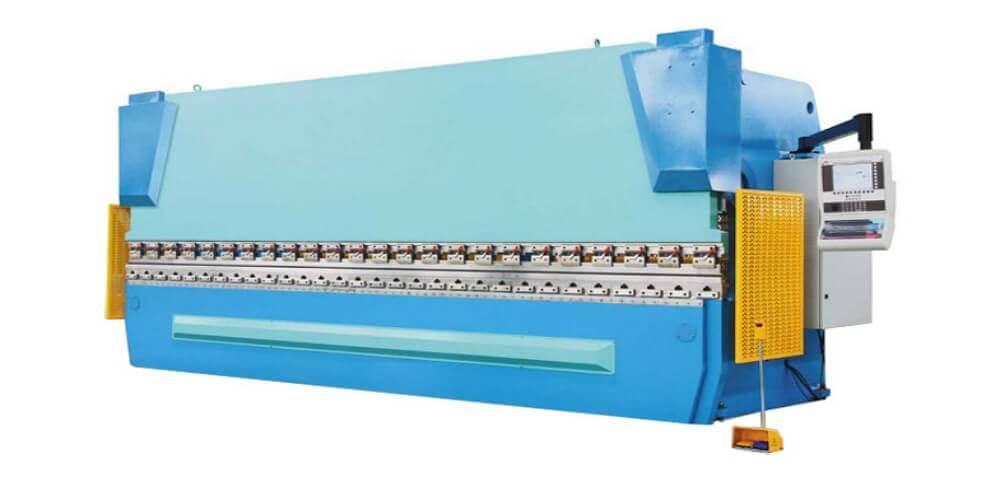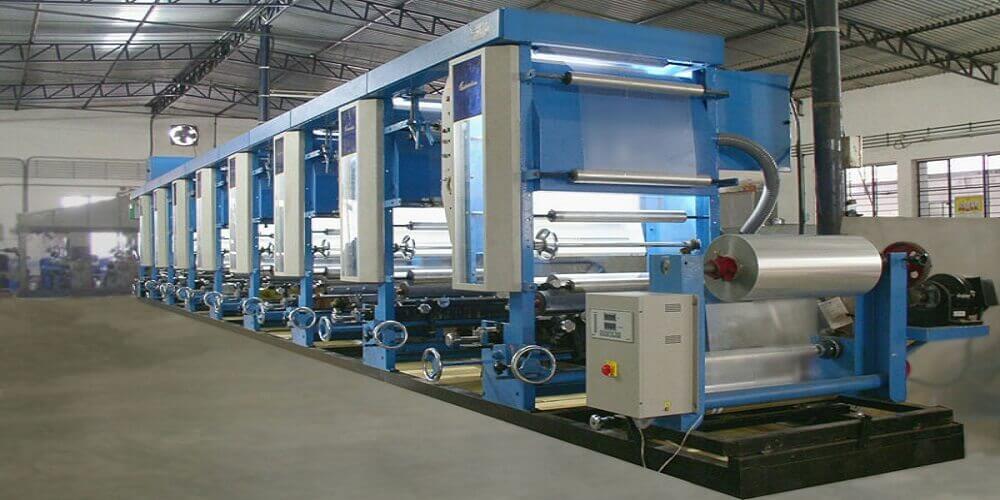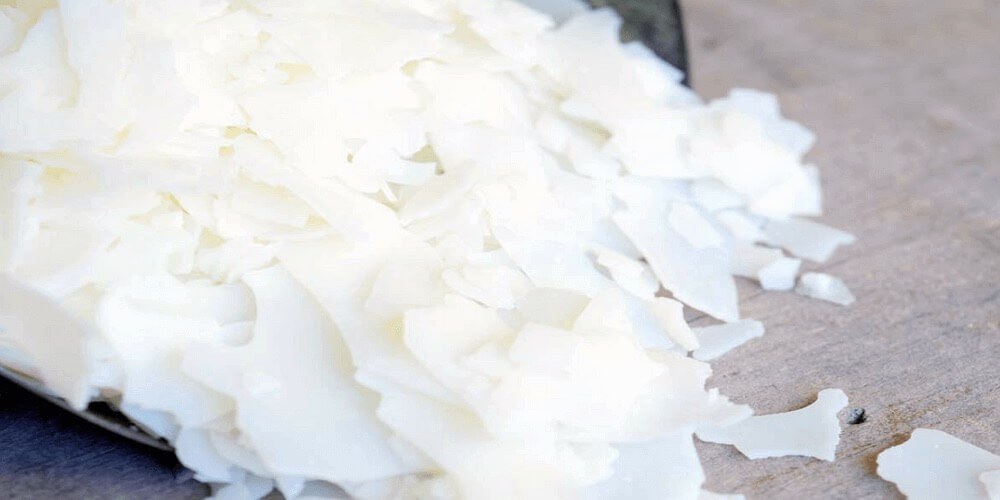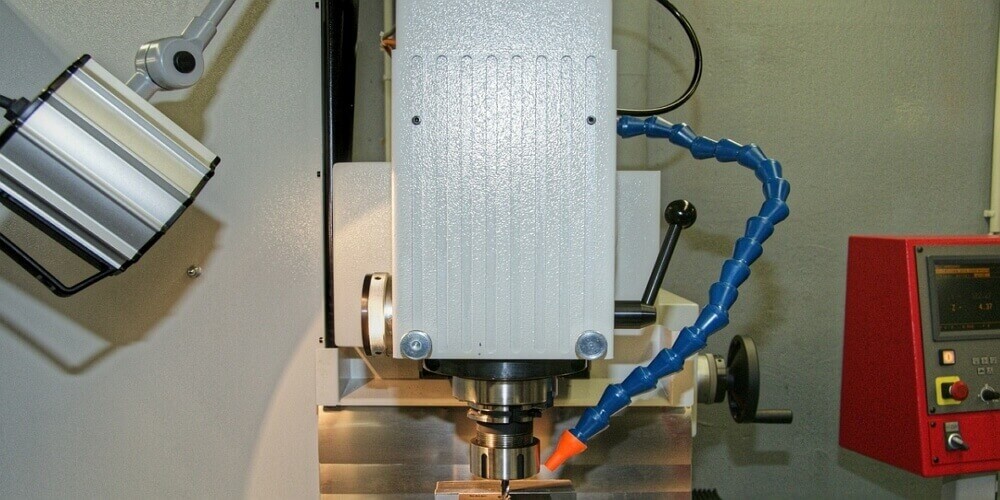
A press brake is important CNC equipment. As a manufacturer, you want to ensure you get a machine that suits your applications. Before you purchase the cnc press brake, you need to understand different aspects, such as precision, processing range, performance, and function of the machine. You should note that a press brake is a significant investment and if you buy the wrong one, then your production costs are likely to increase. These are the critical things that can help you make a sound decision.
Parts You Produce
You have to buy a press brake that can do the finishing task, rather than getting one with minimum tonnage and shortest worktable. Ensure you check the steel sheets available plus their length and thickness. For instance, if you are using low carbon steel, then you do not need a lot of bending force. Another critical thing you should consider is the length of the material.
Deflection
When bending a long workpiece, you need a CNC press brake with deflection. The length of the workpiece should be directly proportional to the deflection. A shorter press brake with minimal gasket adjustment is needed to create qualified products. Some press brakes have hydraulic deflection, which helps reduce the machine adjustment.
Material Texture
If you are using low carbon steel, then the bending force ought to be increased by about 60% of the stainless steel bending force. However, if you are using soft aluminum, then you need to reduce the bending force by a similar amount. The press brake manufacturer can provide you with a bending pressure parameter. Also, you need to take into account the bending angle radius. If you are performing free bending, you should consider the clearance between a die and punch.
Type of Press Brake
When buying a press brake, you ought to know the type of machine you want. In this way, you can determine whether this is the best fit for your shop or not. The common press brakes are CNC, hydraulic, servo, mechanical, and hydraulic. You can find some with a combination of different mechanisms.
Hydraulic press brakes are common because they can handle heavy loads and are easy to use. If you are dealing with thick materials, this is the perfect press brake to suit your needs. However, if you want an energy-efficient press brake, then you should consider the electronic press brake. Other than being energy-efficient, it is easy to fix and maintain. Also, it has higher accuracy than the hydraulic one. You will find this machine available in different sizes to suit various applications.
Select Right Tooling
The tooling you require depends on the various types of materials the shop works with. Ideally, you need tooling that offers you the best tooling profile. You should ensure you do not exceed the required press brake loads or tooling. If you want to use the tooling with the press brake and ensure it is in the right condition and compatible. Look out for wear marks from punches to shoulder.
Find a Reputable Press Brake Manufacturer
It is advisable to find a reliable CNC press brake supplier or manufacturer. Usually, manufacturers have experts who can help you get the right machine to suit your needs.







